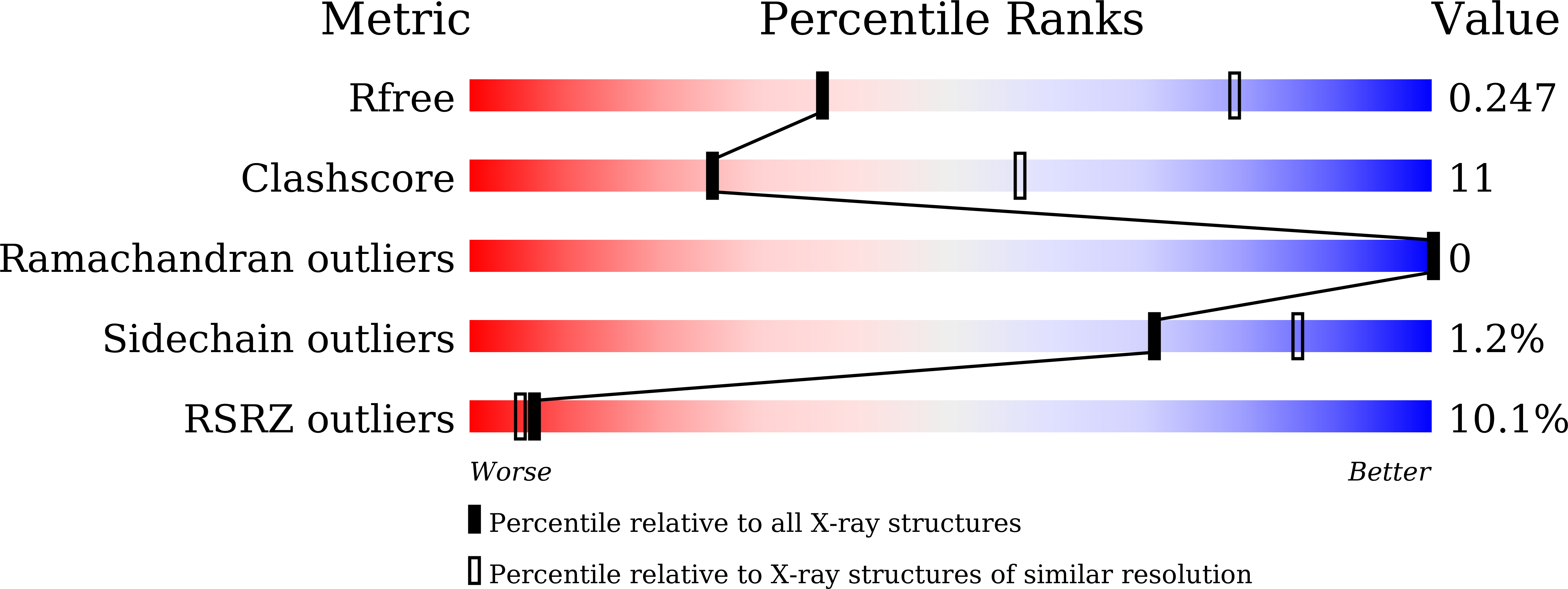
Deposition Date
2023-12-08
Release Date
2024-01-24
Last Version Date
2024-10-30
Entry Detail
PDB ID:
8XC4
Keywords:
Title:
Nipah virus attachment glycoprotein head domain in complex with a broadly neutralizing antibody 1E5
Biological Source:
Source Organism:
Henipavirus nipahense (Taxon ID: 3052225)
Macaca mulatta (Taxon ID: 9544)
Macaca mulatta (Taxon ID: 9544)
Host Organism:
Method Details:
Experimental Method:
Resolution:
3.24 Å
R-Value Free:
0.24
R-Value Work:
0.21
R-Value Observed:
0.21
Space Group:
P 41 21 2


